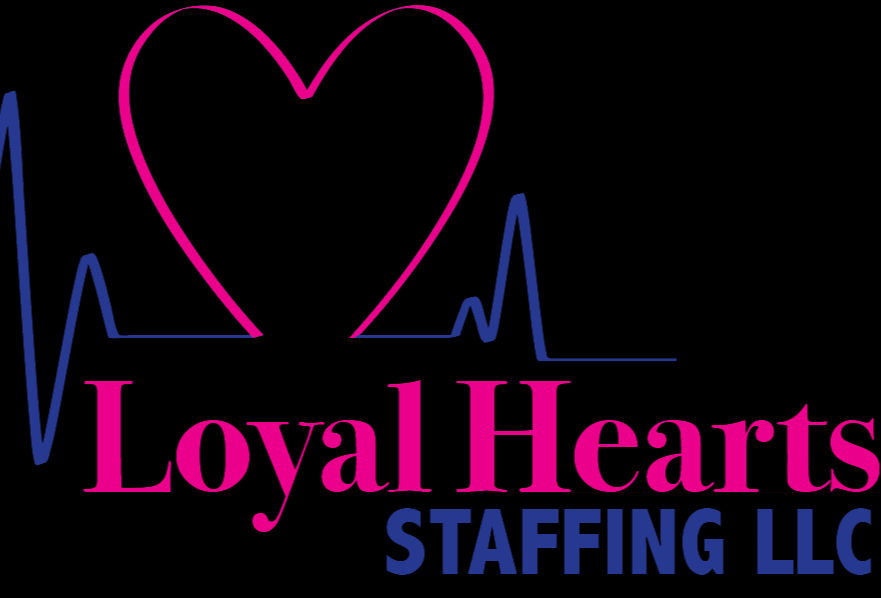Administration of oral medication
- April Swanson

- Dec 1, 2022
- 2 min read
Preparation and delivery of orally prescribed medications and evaluation of patient response.
Objectives:
– Administer prescribed medication to the patient orally under safe conditions. – Educate the patient and family on the therapeutic regimen.
Equipment:
Medication cart or trough.
Material:
– Prescribed medication. – Medical treatment sheet with prescribed medication. – Disposable gloves. – Dosing syringes. – Cups for liquids. – Unidose cups. – Flexible straws. – Paper towelettes. – Nursing records.
Procedure:
– Perform hand washing. – Put on non-sterile gloves. – Follow general rules of medication administration. – Place patient in Fowler or semi-fowler position. – Determine the patient’s knowledge of the medication and understanding of the method of administration. – Assess the patient’s swallowing ability. If impaired, assess other routes of administration. – Administer medications on an empty stomach or with food, if appropriate. – Provide the patient with water or other liquid to swallow the medication. – Ensure that the medication has been swallowed by the patient. – Monitor the patient for aspiration. – Put the patient in a comfortable position. – Collect the material.
– Remove gloves. – Wash hands. – Record: medication administered, dose, route, date and time, incidents and patient response.
Observations:
– For oral administration of medication in infants, the syringe or dropper are the most appropriate instruments. Put small amounts of liquid along the sides of the infant’s mouth. To prevent aspiration and to prevent the child from spitting out the medication, wait until the child swallows it before administering more. – Children who take sweetened medications for a long time should rinse their mouths after the administration of the drug, due to the high risk of dental caries. – Medications that cause erosion of the gastric mucosa should be administered with meals and never immediately before going to bed. – Assess the influence of food on the absorption of the drug. – There are several types of oral drug presentations: (a) Tablets: preserve from moisture, light and air. Controlled release forms or enteric-coated tablets should not be crushed or diluted. Effervescent tablets should be fully diluted. b) Dragees and capsules: Do not crush or remove the protective capsule. Do not administer with milk or alkaline as they dissolve the protective coating. Administer on an empty stomach and abundant water so that it reaches the intestine sooner. c) Powders: once dissolved, administer them. d) Syrups: if taken with other medicines, take the syrup last. e) Suspensions: shake well before administering and antacid suspensions should not be diluted. f) Liotab: a flat, round or oval preparation that dissolves in the mouth and releases a drug.[/et_pb_text][/et_pb_column][/et_pb_row][/et_pb_section]








Comments